Coronation 21 September 1904 Burial St. George′s Church Role King | Predecessor Alexander I Obrenovic Name Peter of | |
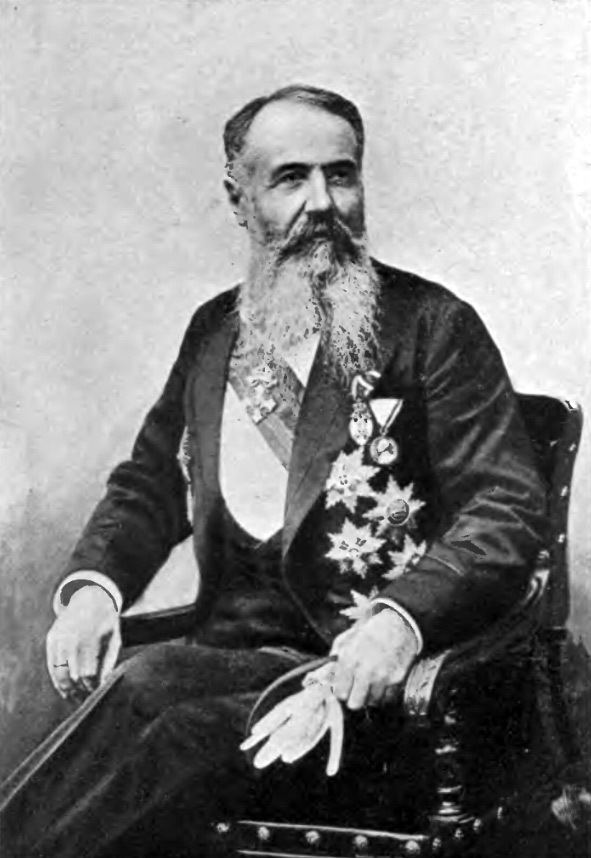 | ||
Reign 1 December 1918 – 16 August 1921 Successor Alexander I Karadordevic Reign 15 June 1903 – 1 December 1918 Born 29 June 1844
Belgrade, Principality of Serbia ( 1844-06-29 ) Died August 16, 1921, Belgrade, Serbia Spouse Princess Zorka of Montenegro (m. 1883–1890) Children Alexander I of Yugoslavia Parents Alexander Karadordevic, Prince of Serbia, Persida Nenadovic Siblings Prince Arsen of Yugoslavia Similar People Alexander I of Yugoslavia, Peter II of Yugoslavia, Prince Paul of Yugoslavia, Alexander Karadordevic - Prince of, Karadorde | ||
King peter i of serbia the tsar of bulgaria ferdinand i and king carol i of roma hd stock footage
Peter I of Serbia (Serbian: Petar I Karaђorђeviћ, Petar I Karadordevic) (29 June 1844 – 16 August 1921) of the House of Karadordevic reigned as the last King of Serbia (1903–1918) and as the first King of the Serbs, Croats and Slovenes (1918–1921).
Contents
- King peter i of serbia the tsar of bulgaria ferdinand i and king carol i of roma hd stock footage
- Exile
- Reign 19031921
- Legacy
- Titles and styles
- References
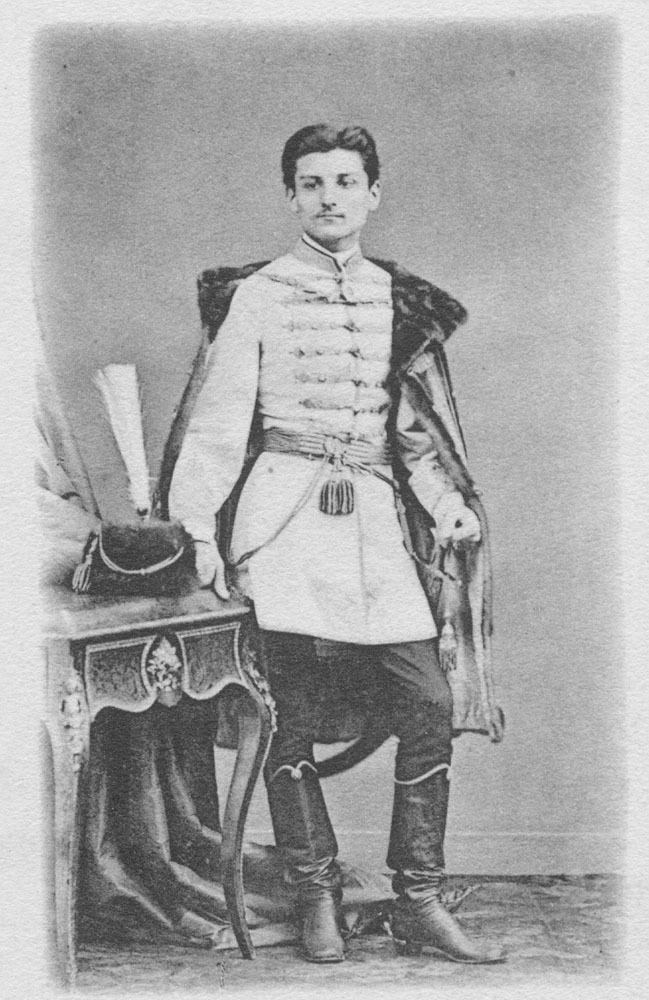
Exile
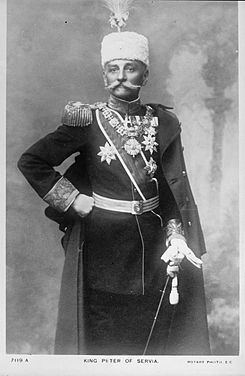
Prince Peter was born in Belgrade to Prince Alexander of Serbia and his consort, Princess Persida Nenadovic. Prince Alexander abdicated in 1858, and the 14-year-old Prince Peter went into exile with the rest of his family, initially staying in Wallachia, present-day Romania. As a young man, nicknamed "Pierre Kara", he spent much of his exile in Geneva and France, where he attended school, including the well-known military academy Ecole speciale militaire de Saint-Cyr in Paris (1862).
From 1870 to 1871, he was one of the francs-tireurs (irregulars/mercenaries) in the Franco-Prussian War, following the defeat of the French Imperial field army at the Battle of Sedan in 1870. He served as a second-lieutenant in the 15th Army Corps, the 5th Legion Battalion, the 1st Foreign Regiment of the French Foreign Legion under the nom de guerre of "Kara", commanded by General Joseph Edouard de La Motte-Rouge.
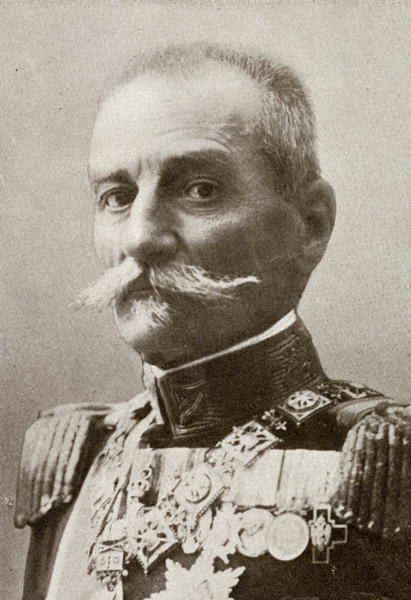
During the Great Eastern Crisis (1875–78), set off by a Serb uprising against the Ottoman Empire in 1875 in Bosnia and Herzegovina (Herzegovina Uprising (1875–77)), Prince Peter adopted the nom de guerre of hajduk Petar Mrkonjic, and joined the Bosnian Serb insurgents as a leader of a guerilla unit. He soon had to leave the region at the insistence of Prince Milan Obrenovic, the ruler of Serbia, who saw Prince Peter Karadjodjevic as a rival to the throne of Serbia and feared his popularity among the Serbian people .
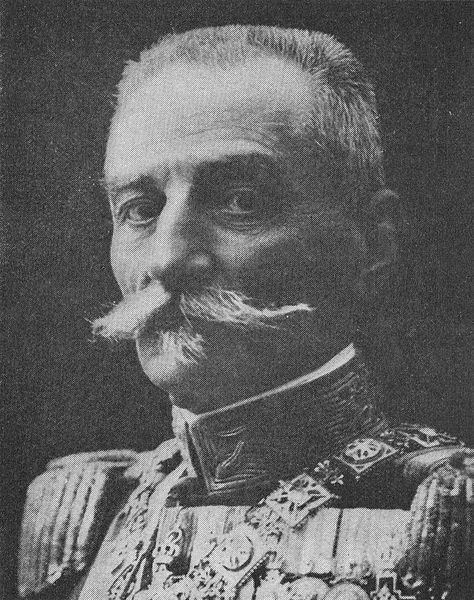
In 1883, Prince Peter married Princess Zorka of Montenegro, the oldest daughter of King Nicholas I. They had five children:
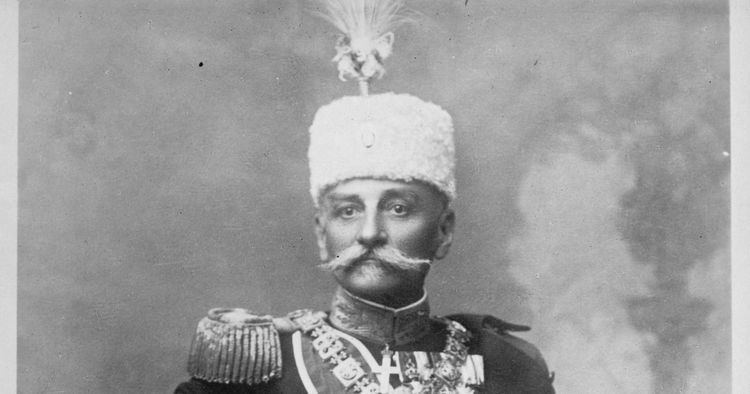
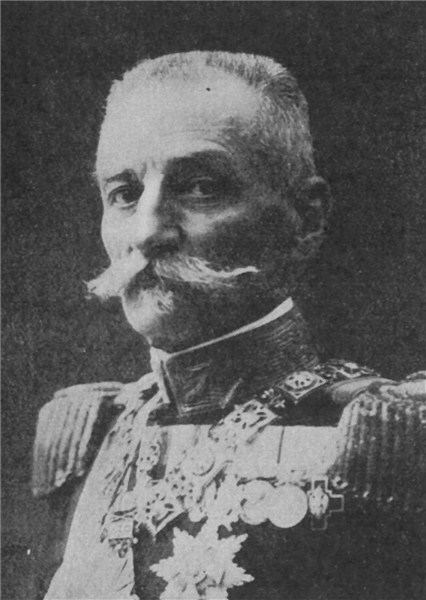
Following his marriage, Prince Peter remained in Montenegro for about ten years. After the death of his wife, he and his surviving children moved to Paris, and eventually settled in Switzerland. His two sons, George and Alexander were admitted to the Page Corps in Saint Petersburg.
Prince Peter finally returned to Serbia in 1903, after King Alexander I Obrenovic and his family were killed in a military coup d'etat. Peter Karadjordjevic, already proclaimed as the new King by army conspirators, was elected as the King of Serbia by the Serbian Parliament and Senate. He was crowned King of Serbia on 21 September 1904 in St. Michael's Cathedral and anointed on 9 October 1904. After 45 years in exile, the Karadjordjevic dynasty had regained the leadership of Serbia from the rival House of Obrenovic.
Reign (1903–1921)
The Western-educated King attempted to liberalize Serbia with the goal of creating a Western-style constitutional monarchy. King Petar I became gradually very popular for his commitment to parliamentary democracy that, in spite of certain influence of military cliques in political life, functioned properly. The 1903 Constitution was a revised version of the 1888 Constitution, based on the Belgian Constitution of 1831, considered as one of the most liberal in Europe. The governments were chosen from the parliamentary majority, mostly from People's Radical Party led by Nikola Pasic and Independent Radical Party led by Ljubomir Stojanovic. King Peter himself was in favor of a broader coalition government that would boost Serbian democracy and help pursue an independent course in foreign policy. In contrast to the Austrophile Obrenovic dynasty, King Peter I was relying on Russia and France, which provoked rising hostility from expansionist-minded Austria-Hungary. King Peter I of Serbia paid two solemn visits to Saint-Petersburg and Paris in 1910 and 1911 respectively, greeted as a hero of both democracy and national independence in the troublesome Balkans.
The reign of Peter I, from 1903 to 1914, is remembered as the "Golden Age of Serbia" or the "Era of Pericles in Serbia", due to the unrestricted political freedoms, free press, and cultural ascendancy among South Slavs who finally saw in democratic Serbia a Piedmont of South Slavs. King Peter I was supportive to the movement of Yugoslav unification, hosting in Belgrade various cultural gatherings. Grand School of Belgrade was upgraded into Belgrade University in 1905, with scholars of international renown such as Jovan Cvijic, Mihailo Petrovic, Slobodan Jovanovic, Jovan M. Zujovic, Bogdan Popovic, Jovan Skerlic, Sima Lozanic, Branislav Petronijevic and several others. King Peter I gained enormous popularity following the Balkan Wars in 1912 and 1913, which, from a Serb and South Slav perspective, were a great success, heralded by the spectacular military victories over the Ottomans, followed by the liberation of "Old Serbia" (Kosovo Vilayet) and mostly Slavic-inhabited Macedonia (Manastir Vilayet). The territory of Serbia was doubled and her prestige among South Slavs (Croats and Slovenes in particular, as well as among the Serbs in Austria-Hungary, in Bosnia-Herzegovina, Vojvodina, Military Frontier, Dalmatia, Slavonia, etc.) grew significantly, with Peter I as the main symbol of this both political and cultural success. After the conflict between military and civilian representatives in the spring of 1914, King Peter chose to "retire" due to ill health, reassigning on 11/24 June 1914 his royal prerogatives to his second son Heir apparent Crown Prince Alexander.
The King, spending most of his time in various Serbian spas, remained relatively inactive during the First World War, although occasionally, when the military situation became critical, he visited trenches on the front-line to check up on morale of his troops. His visit to the firing line prior to the Battle of Kolubara in late 1914 boosted morale of the retreating Serbian forces and announced a counter-offensive and sparkling victory against numerically superior Austro-Hungarian forces. Another memorable visit in 1915 involved King Peter, by then 71, picking up a rifle and shooting at enemy soldiers. Following the invasion of Serbia by the joint forces of Germany, Austro-Hungary and Bulgaria in October 1915, King Peter I led the army and tens of thousands of civilian refugees through the high mountains of Albania to the Adriatic sea on a 'Calvary known to few peoples'. (R. Wolfson "Years of Change. European History 1890–1945").
After the dramatic retreat in harsh winter through hostile environment of Albanian highlands from Prizren to the Albanian littoral, that took more than 100,000 lives, the King and his army, exhausted by cold and famine, were eventually transported by the Allies, mostly French ships to Corfu in early 1916. For the rest of World War I King Peter I, already of very poor health, remained on the Greek isle of Corfu, which became the seat of the Serbian government in exile until December 1918.
On 1 December 1918, King Peter I was proclaimed King of the Serbs, Croats and Slovenes. King Peter stayed abroad until July 1919 and returned to Belgrade where he died in 1921 at the age of 77. He was solemnly buried in his endowment in Oplenac, the Church of Saint George in the vicinity of Topola in Central Serbia, where his grandfather Karageorge, the founder of the dynasty, launched a large-scale insurrection against the Ottomans in 1804.
Legacy
Three cities in interwar Yugoslavia were named after King Peter I: Mrkonjic grad in Bosnia-Herzegovina (former Varcar Vakuf), Petrovgrad in Vojvodina (Veliki Beckerek, now Zrenjanin) and Petrovac na Moru (former Kastel Lastva) in Montenegro. Dozens of monuments erected in his honor throughout Yugoslavia were destroyed after the communist takeover in 1945. Only one monument, in Zrenjanin (former Petrovgrad) was recently restored, as well as several smaller monuments in Belgrade and the rest of Serbia. The other monuments in honor to King Peter I were restored or erected in Republika Srpska, in Bosnia-Herzegovina where his cult status as a national hero is as strong as in Serbia.
In Paris, an avenue off the Champs-Elysees is named after him, Avenue Pierre Ier de Serbie. There is a modest monument dedicated to King Petar I of Serbia in Orleans, France, when he fought as a volunteer in the French army. A large monument to King Peter and his son Alexander I of Yugoslavia was unveiled in 1936, at the Porte de la Muette in Paris.
